A vacation trip to Costa del Sol, In the province of Malaga en Andalusia, in addition to the well-known attractions of the beaches and the enjoyment of the festive atmosphere, offers you the opportunity to discover interesting places.
Did you know that Fuengirola it is located BIOPARC, a corner that combines nature and fauna, where various protected species are preserved?
I had not had the opportunity to visit a park of these characteristics, of which there are other examples in Valencia y Gijón, until my recent getaway to Fuengirola.
Forget the old concept of old zoos, where cages, cement and pits prevailed.
All the information in detail
- 1 What and how are BIOPARCs?
- 2 Tropical jungle and architecture at BIOPARC Fuengirola
- 3 Animals in conservation programs at BIOPARC Fuengirola
- 4 What animals to see in BIOPARC Fuengirola
- 5 BIOPARC Fuengirola visit schedules
- 6 BIOPARC Fuengirola ticket prices
- 7 Map: how to get to BIOPARC Fuengirola
- 8 Photos of BIOPARC Fuengirola
What and how are BIOPARCs?
BIOPARC It is a new concept known as zoo-immersion, which emulates the natural environments of animals, where landscape and architecture they acquire a great role.
But above all, it is a great animal conservation center who works with European Endangered Species Programs, and during whose visit you will be able to see numerous specimens of more than 40 threatened species.
The first thing that will surprise you about this very interesting visit is that in the middle Fuengirola center, behind the town hall building, there is a corner of very lush vegetation, where after entering, you will have the sensation of finding yourself in the middle of the rain forest.
Indeed, it was in Fuengirola where the project BIOPARC parks It was launched when it opened its doors in 2001 to replace the old zoo from the 70s.
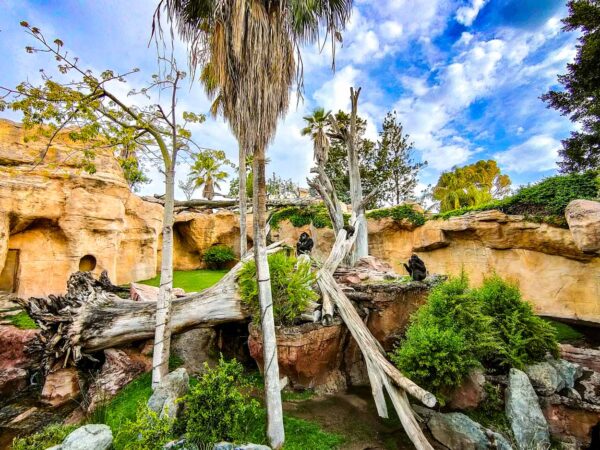
Although it was not until 2010 when it was renamed BIOPARC, coinciding with the inauguration of the Valencia headquarters, where the natural environment of the savannah is recreated.
Tropical jungle and architecture at BIOPARC Fuengirola
In your visit to Fuengirola park, you are going to take a tour of the tropical forests of Madagascar, Equatorial Africa, Southeast Asia and the islands of the Indo Pacific, and an extension is currently being built that will include the jungles of the American continent.
Occupying just two hectares of surface, in BIOPARC Fuengirola Various habitats have been recreated where vegetation It has great importance, and where you will see large rocks, waterfalls, dry fallen logs, hanging bridges, and where water is used to demarcate the areas where animals live.
One of the things that will catch your attention the most, as it has happened to me, are the architectural reconstructions that draw an atmosphere that will transport you to the aforementioned tropical areas of the world.
Thus, during your visit watching the animals, you will move through areas that remind you of the Equatorial African wetlands where wading birds or antelopes live, or the Congo Valley where gorillas are found.
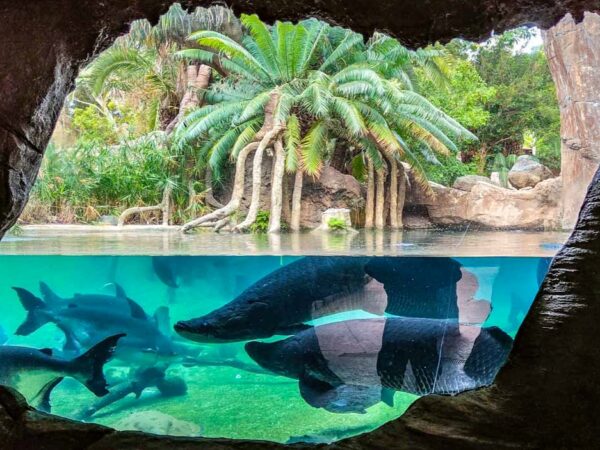
You will surely recognize the replica of a Angkor Temple en Cambodia, where little monkeys roam, and you will be surprised by mangrove ecosystem where fresh and salt waters meet.
Another notable corner of BIOPARC of Fuengirola is the emulation of the Khosmal Temple ruins, where the komodo dragons.
The Bornean orangutans You will also see them next to the vines and vegetation of an ancient temple.
And Crocodiles They move next to an iron bridge that recalls the British colonial period at the end of the 19th century in Africa.
Animals in conservation programs at BIOPARC Fuengirola
Now, the great protagonists of BIOPARC Fuengirola, and the main reason why you are going to visit it, are the animals that are found within species conservation and protection programs.
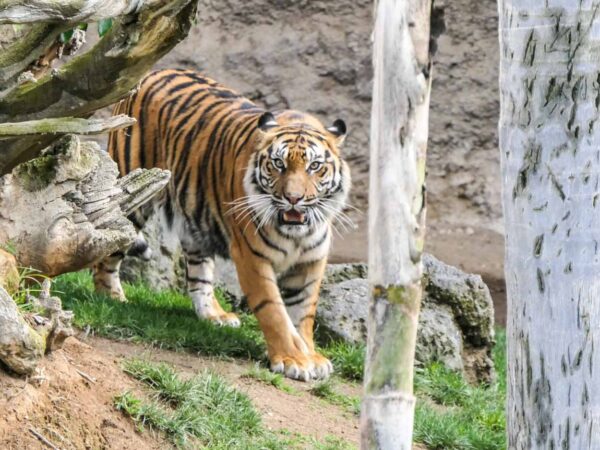
Specifically, BIOPARC works in more than one hundred endangered species programs, which are coordinated by EAZA, European Zoo and Aquarium Association.
And in particular BIOPARC Fuengirola participates in 40 programs, so that of the more than 200 species of animals that can be seen in the park, about forty are declared in danger of extinction.
When playing the environment and nature of natural habitat of these animals, these programs try to achieve a genetically viable community outside of said habitat.
In this regard, when you visit the park you will see that the main protagonists are, for example, Ekan, lowland gorilla who was born in the park at the end of 2020, now part of a group of a young gorilla, two females and a baby.
ORGANIZE your TRIP
- Don't forget your TRAVEL INSURANCE with a 5% discount
- Book the HOTEL for your trip
- RENT a CAR for your trip
- The best TOURS and EXCURSIONS in Spanish
- NO-LINE TICKETS for museums and monuments
- Best FREE TOURS around the world
- Book your TRANSFER from the airport
- eSIM card with INTERNET at the best price
They also highlight Harau and Asmara, Sumatran tigers that live in Fuengirola and are two of only 400 specimens that are still preserved around the world.

On the other hand, BIOPARC Fuengirola This year it has become the only park in Spain to achieve the Komodo dragon reproduction, considered as the largest lizards in the world, from their copies now y Reo.
There have been five newborn calves, which is a milestone as it is a species of which there are barely 1.200 specimens left in the world.
El Bornean orangutan It is another endangered species that is preserved in Fuengirola, and the same thing that happens with the black lemur, sri lank leopardao the Edward's pheasant.
What animals to see in BIOPARC Fuengirola
But in this corner of the Costa del Sol you will be able to see many other curious and interesting animals in an ideal walk to do with the family, and to which you will dedicate as much time as you want, undoubtedly having fun contemplating their behavior.

As soon as you enter you will find a great baobab tree, one of the emblems of the park, a species characteristic of the tropical areas of Africa.
It is a replica of a tree more than two thousand years old made with iron and concrete.
Next to the tree you can walk among the lemurs which, totally adapted to the environment, sunbathe alongside visitors.
Nearby is the landscape of Congo Valley where you can see the gorilla family.
Of course, the wandering of the Sumatran tigers will also focus your attention, although the screams of those nearby chimpanzees They will sound like a call to you to see them.
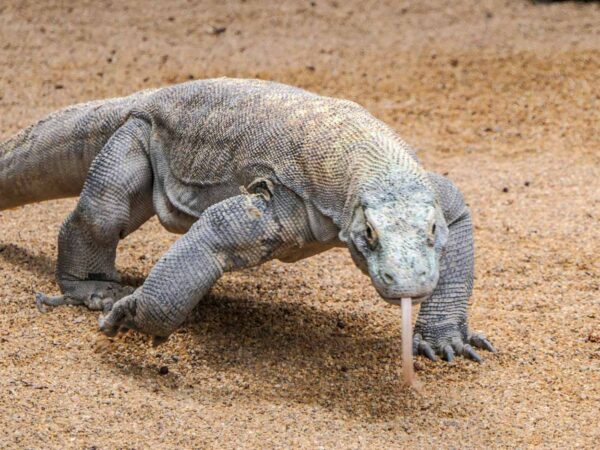
One of the corners that surprised me the most was the mangrove area, with an original layout so that from a cave you can see various species that move through the water, such as arapaimas and stripes.
On your walk you will surely catch your attention meerkats, a small African mammal Kalahari desert, upon verifying that there is always one in a surveillance position.
Of course, as I have already mentioned, one of the stars is the Komodo dragon, a species of which there is a male and a female, as well as newborn babies.
When I arrived at its spectacular enclosure, next to which there is an area where you can see lizards, snakes and chameleons, I found the male asleep, although he soon began to wander around with his enormous size.
Also noteworthy is the tomistoma or false Malayan gharial, one of the least studied and oldest species of crocodiles, the specimens of pygmy hippos, or the striking crowned cranes.

En Fuengirola You can also walk inside a closed bird enclosure, which move freely around it, like the Nicobar dove, which has a configuration typical of prehistoric birds.
And another of the most striking corners is the aquifer where you can see the flamenco dance.
Finally, during your visit you should not miss seeing the exhibition of birds and mammals which takes place every day at 12,30:XNUMX in the morning.
BIOPARC Fuengirola visit schedules
The BIOPARC Fuengirola visiting hours They are every day of the week, from 10 a.m., with variable closing depending on the time of year.
Don't forget your Travel Insurance
Are you organizing your trip or getaway? Don't leave without take out your travel insurance before, and here we explain why. If you hire it with us, you have a 5% discount
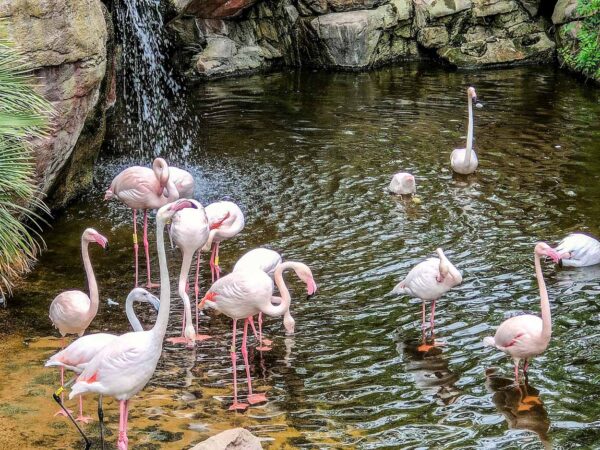
Thus, from October to March the closing time is 18 p.m., and on the other hand, in July and August it does not close until 23 p.m.
BIOPARC Fuengirola ticket prices
The ticket prices The general price is 24,50 euros; the reduced one, for children from 3 to 9 years old and seniors +65, 18 euros; disabled people, 13 euros; and children under 3 years old, free admission.
Map: how to get to BIOPARC Fuengirola
El park BIOPARC Fuengirola It is located in the center of Fuengirola, behind the building of the Town hall, 38 kilometers south of the city of Malaga, and where you can arrive in half an hour by car and in 45 minutes by intercity bus or Cercanías train.
Photos of BIOPARC Fuengirola
Here you have more photos of the BIOPARC Fuengirola park, where the rainforest is recreated and endangered animals are preserved.


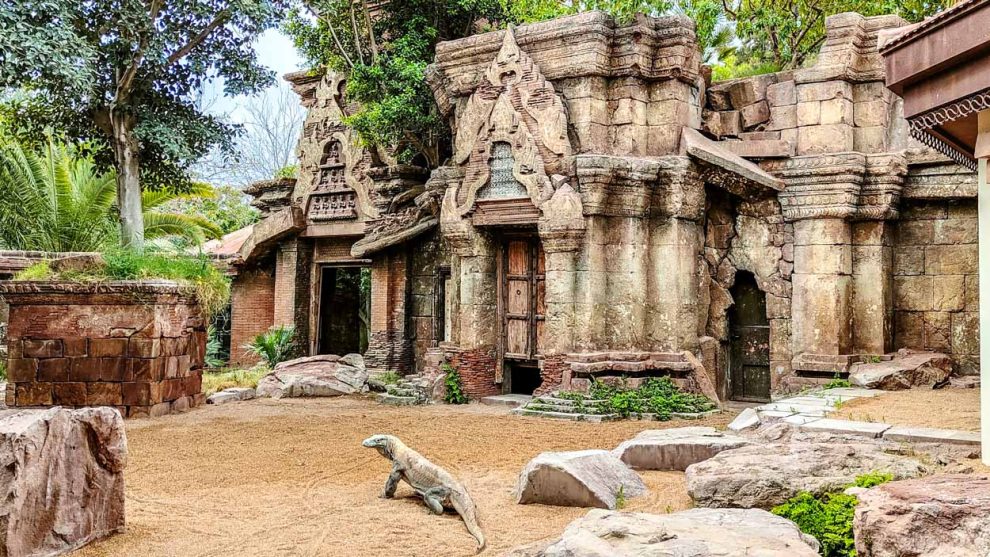
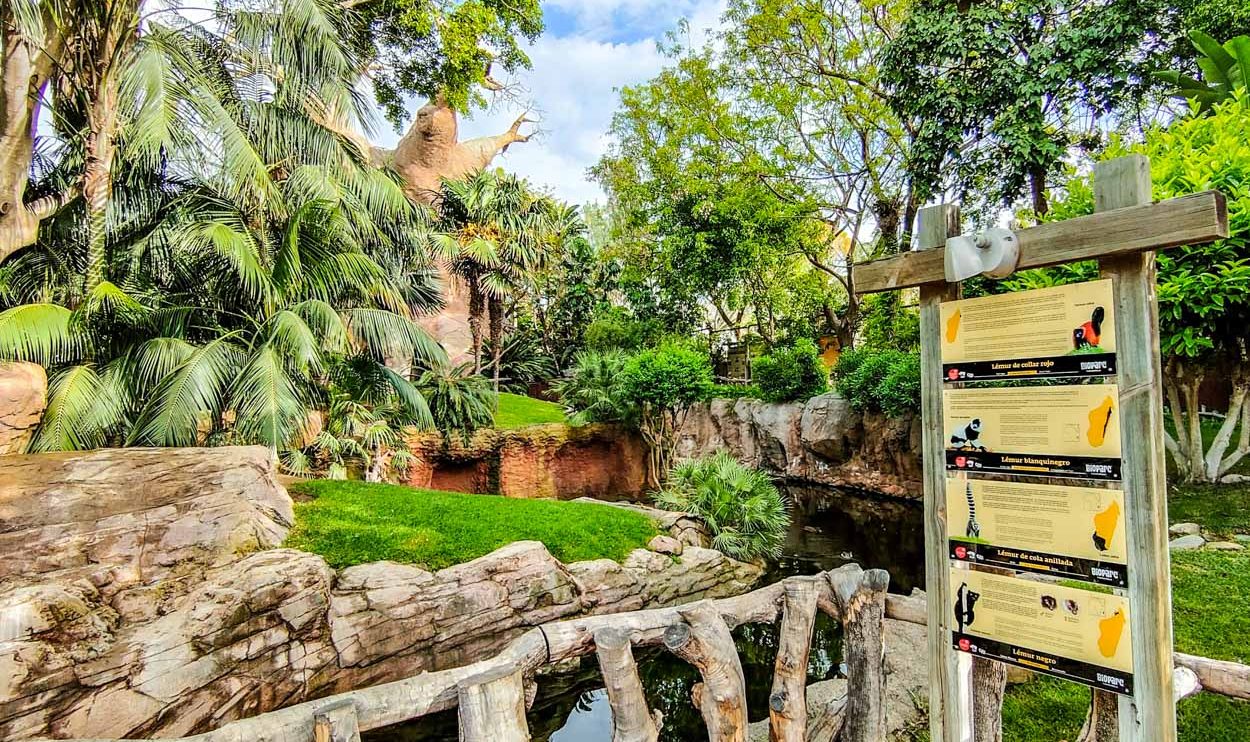
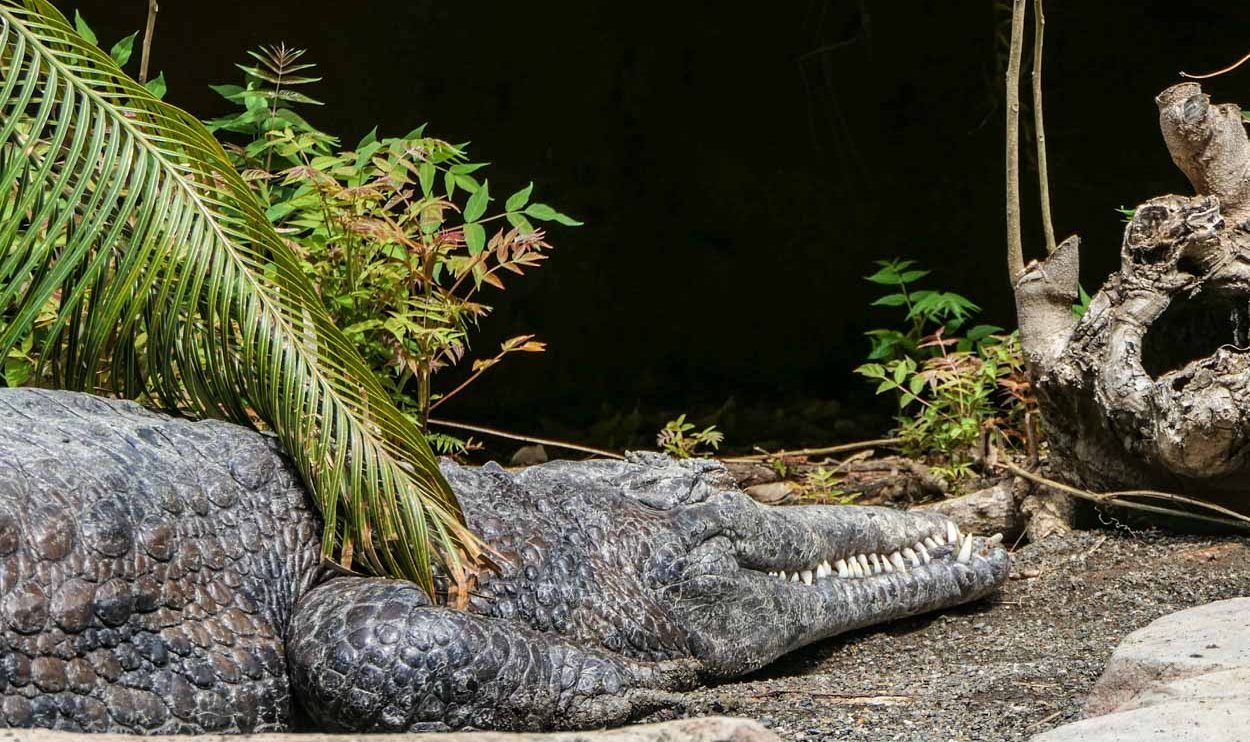

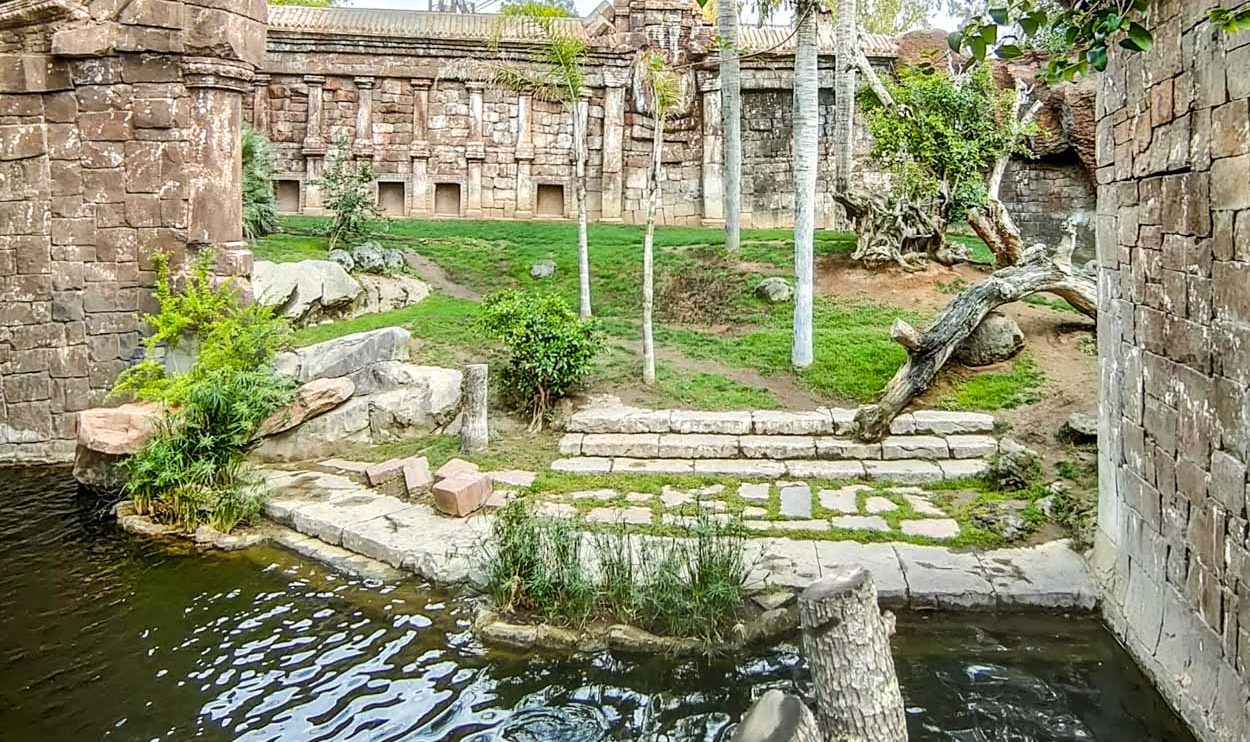
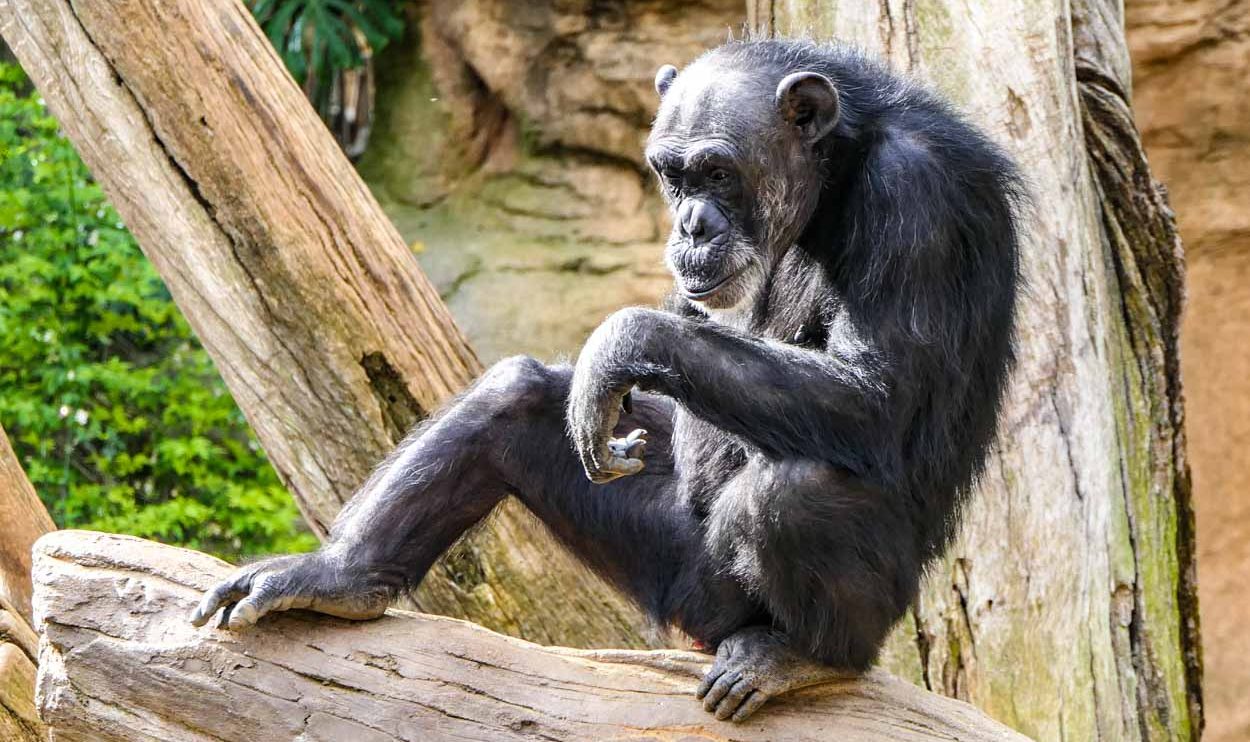
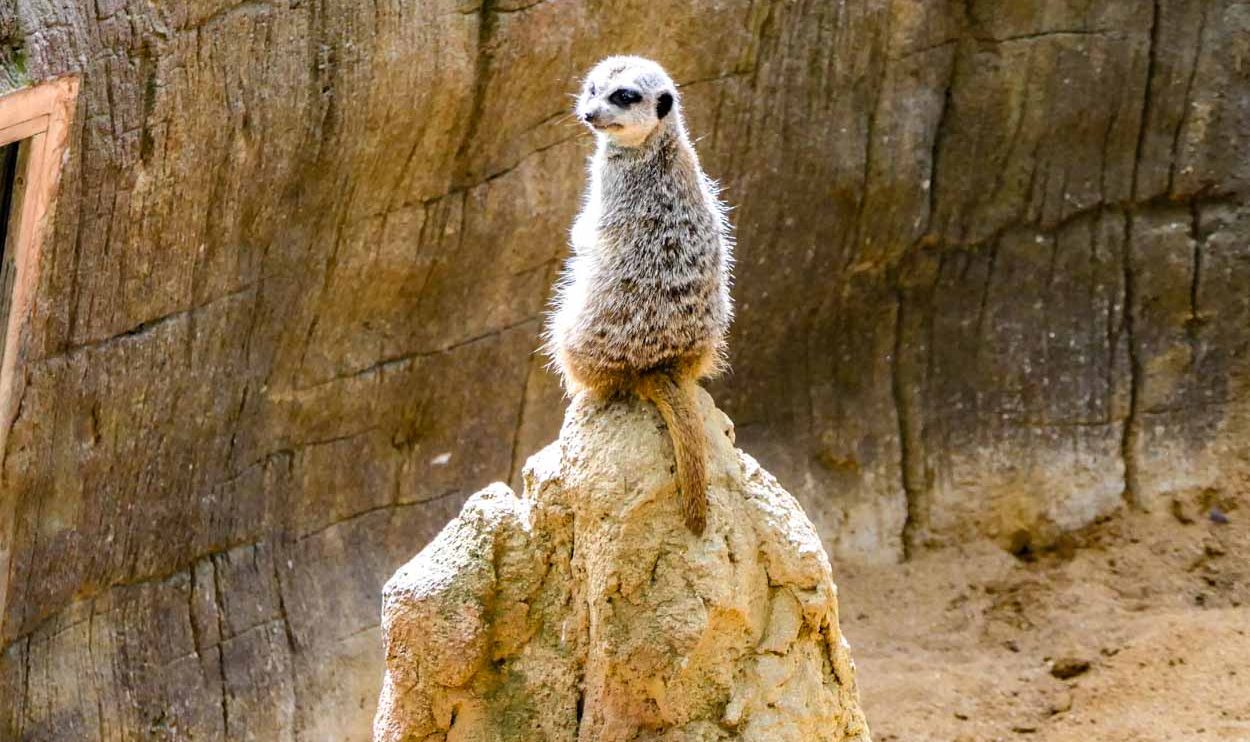
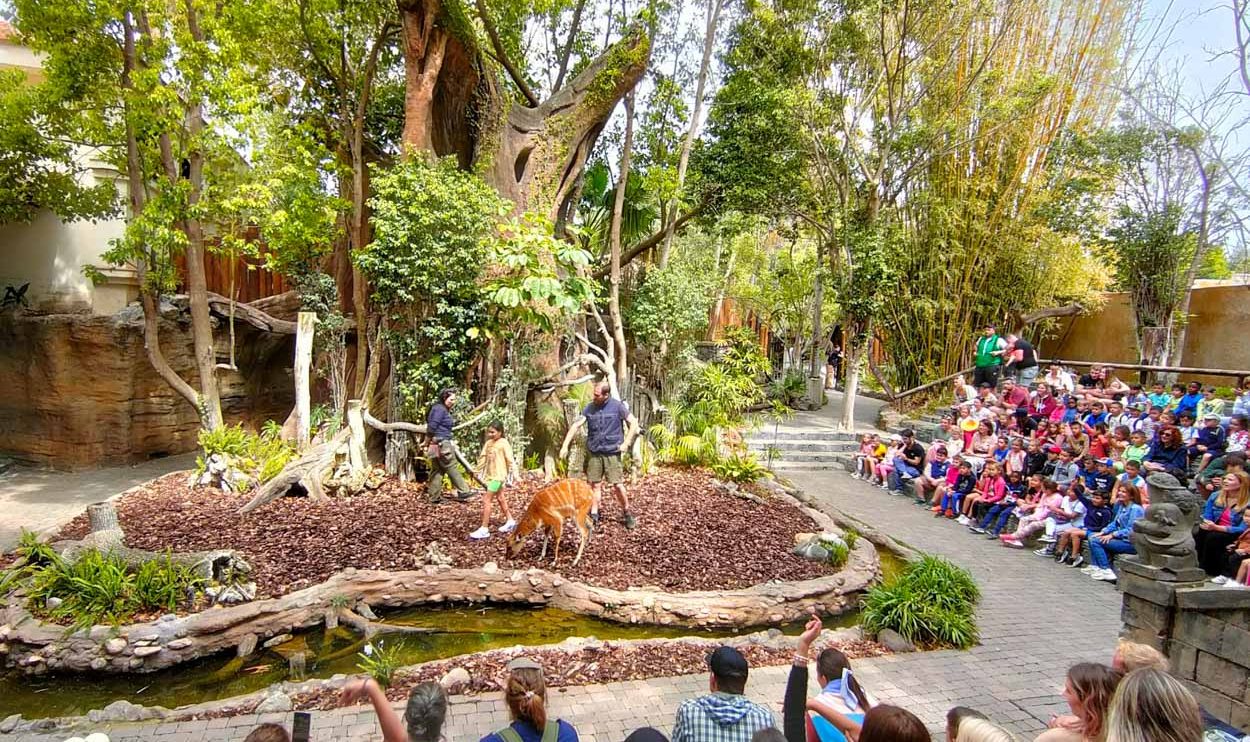
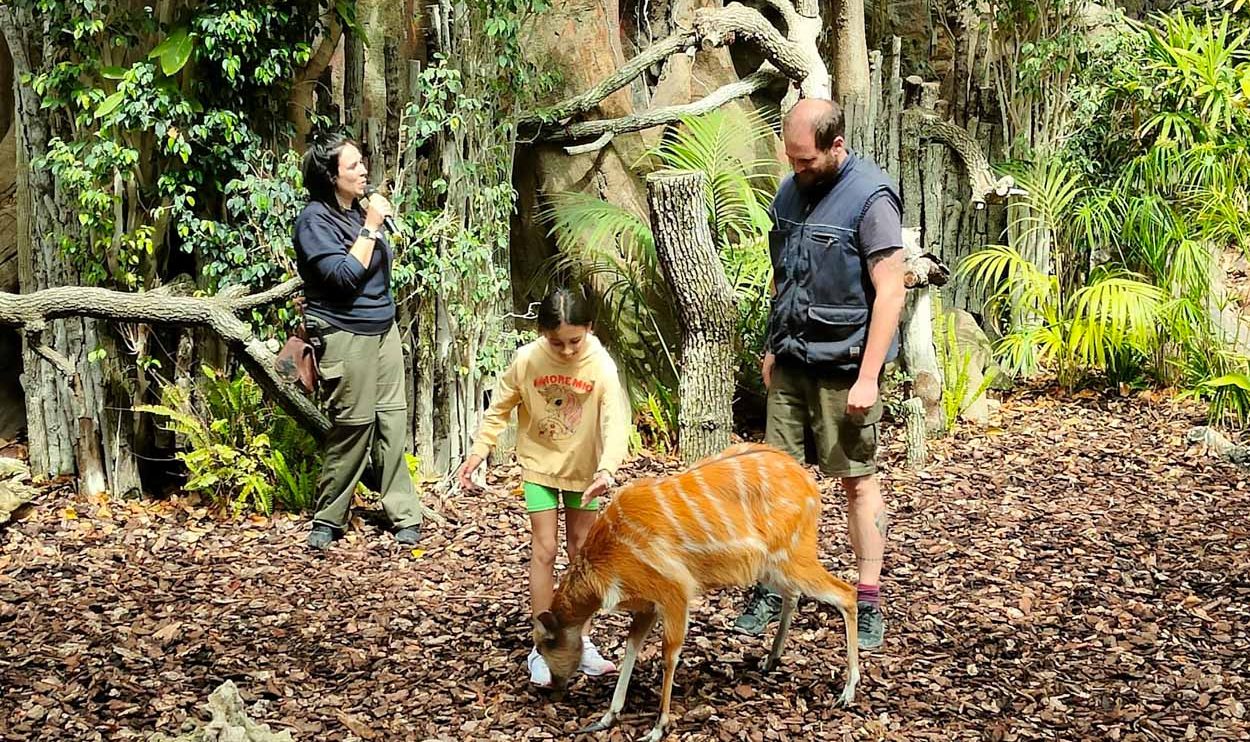

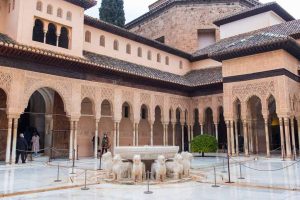
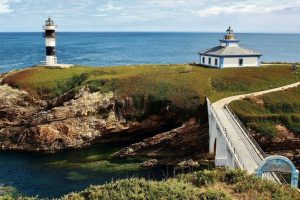











Comment